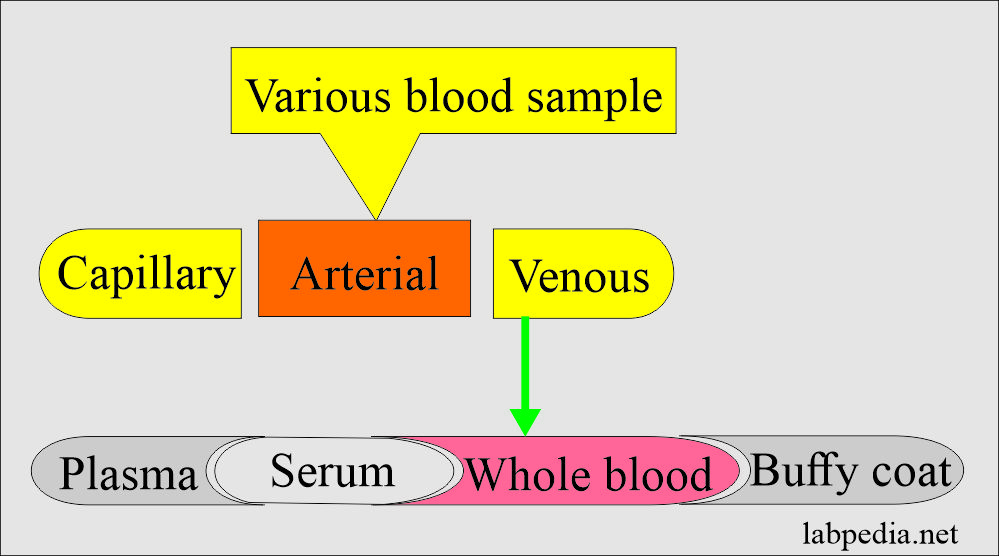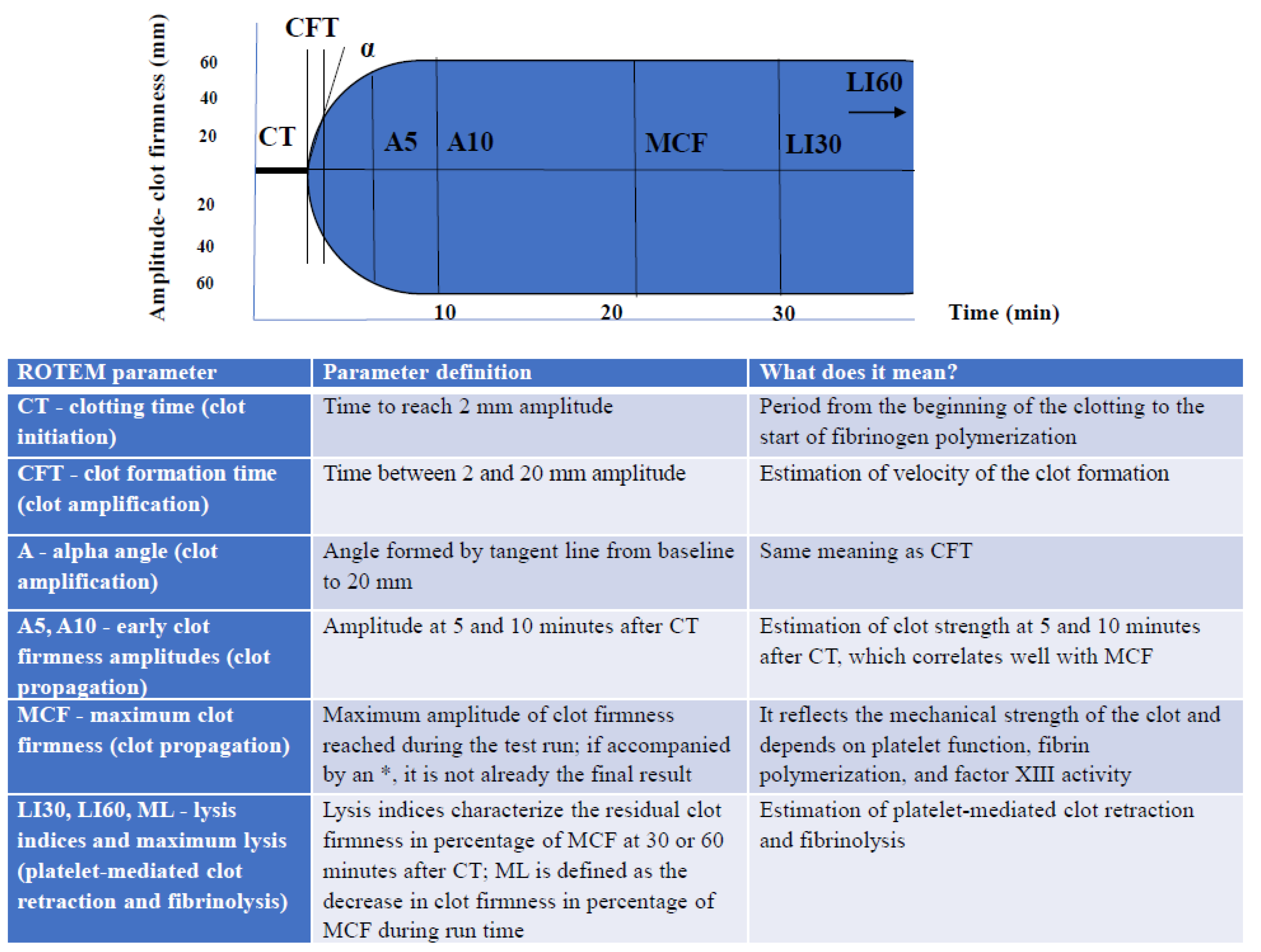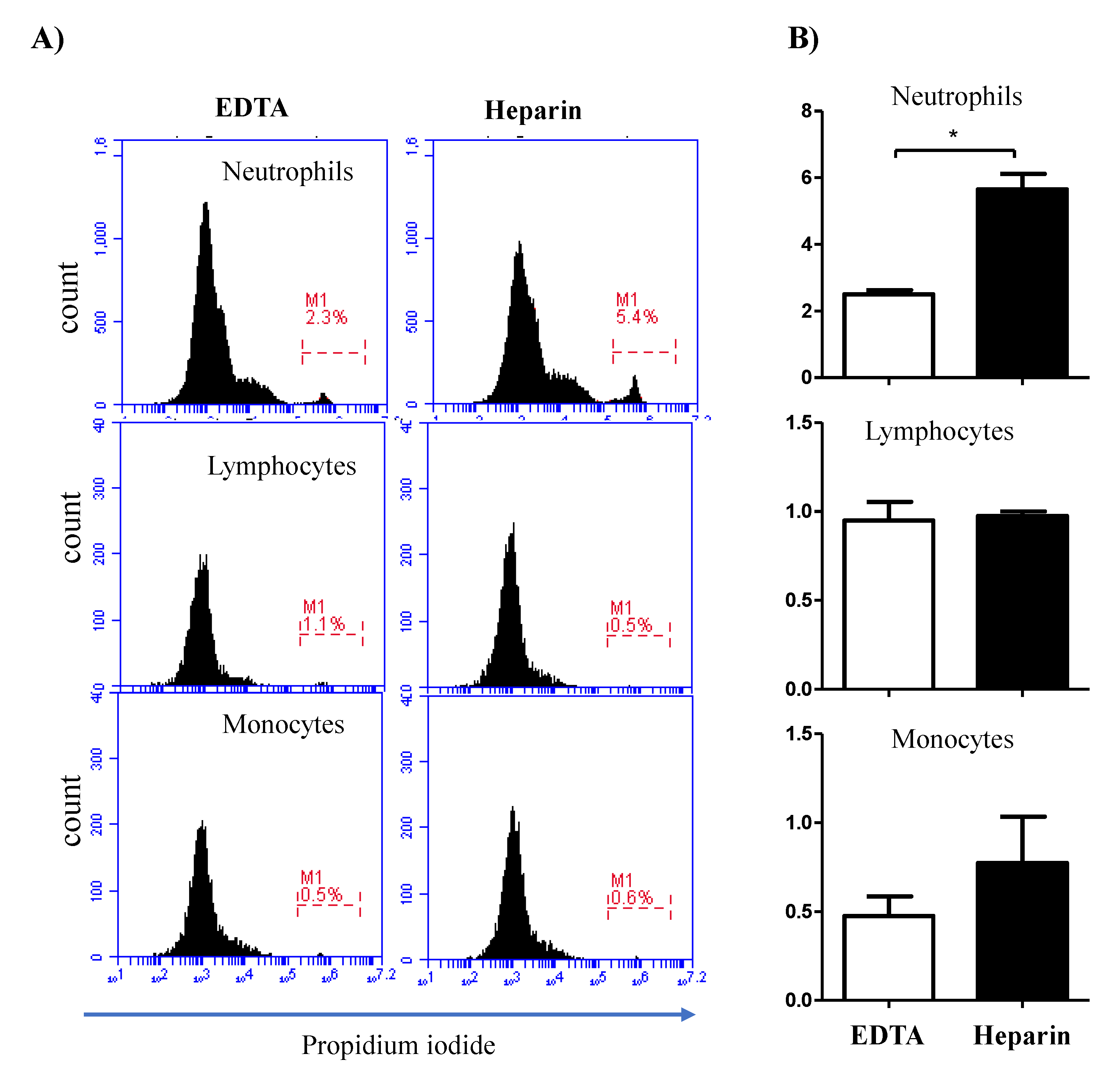Which Anticoagulant Is Best Recommended for Analysis of Blood Gases
7231 If liquid heparin sodium or lithium 1000 unitsmL of blood is used excess heparin all except that filling the dead space of the. It inhibits the acid phosphatase activity.

Blood Sample Types Anticoagulants Preservatives Adverse Effects Of Additives Labpedia Net
Calculate the blood pH from these arterial blood results.

. When selecting an alternate site for blood collection one should consider the age and size of the patient. For blood gas analysis the specimen of choice originates from an arterial draw. Anticoagulant most commonly used for most chemistry tests.
HEPARIN Advantages. Heparin is a natural anticoagulant which cannot be prepared in the laboratory. This is the best anticoagulant to estimate pH blood gases electrolytes and ionized calcium.
It may be used for special trace elements studies and some cytology. An additive that preserves glucose and inhibits the growth of bacteria. PCO2 45 mmHg PO2 95 mmHg.
Excessive heparin does not alter the RBC volume 1132017 29 30. An ABG is required for accurate assessment of acid-base status. The highest concentration of heparin had the least effect on partial pressure carbon dioxide PCO2 but like anticoagulation with EDTA heparin also altered pH.
Anticoagulants can be used for hematologic testing or blood sampling is however EDTA purple top is the preferred anticoagulant. 1 volume anticoagulant is very critical very important as variation from this ratio may cause errors. Heparin is the choice of Anticoagulant for blood pHand blood gas Analysis.
Manufactures have tried to use low concentrations of Zn-heparin in syringes for blood gas analysis to avoid decreases in ionized calcium and ionized magnesium measurements 140. The patient admission serum glucose was 620 mgdL. Heparin is the only anticoagulant used to prepare samples for blood-gas analysis.
The first is high heparin concentration in blood and the second is heparin dilution of blood if liquid rather than dried lyophilized heparin is used. Blood oxygenation can be assessed by arterial blood gas ABG analysis hemoximetry pulse oximetry and transcutaneous P o2 monitoring mainly in infants and children. Cell preservation is optimal in this anticoagulant which chelates calcium preventing clotting.
Since the inception of blood gas analysis heparin has been the anticoagulant of choice for preparation of samples. Usually blood gas syringes are preloaded with a measured amount of lyophilized heparin that has been pre-titrated with cations ie. Today the anticoagulant that is routinely used in blood gas analysis is heparin 4.
It is a good anticoagulant and well preserves the morphology of the Red Blood Cells RBCs. Anticoagulant recommended for trace elements and toxicology. B the measurement of lactate concentrations in plasma or serum samples yields a higher value than the concentration found in the original whole blood specimen.
For coagulation testing the ratio of 9 volumes of blood to one volume of anticoagulant 9 volumes blood. Historically syringes used to collect arterial blood for gas analysis were prepared in house by aspirating a small volume of liquid heparin LH and then expelling it. COLLECTION OF BLOOD Capillary Sampling The specimen of choice for laboratory analysis is generally a venous specimen.
Which anticoagulant is best recommended for the analysis of blood gases. The choice of anticoagulant can affect blood gas and related measurements. Ventilation can be measured by ABGs transcutaneous P co2 monitoring or capnography.
Due to the high costs of syringes containing dry heparin and the continuation of traditional methods syringes. Blood Gases pH PCO2 PO2 Lac HCO3 TCO2 BE sO2 1. BIOLOGICAL NATURAL ANTICOAGULANT HEPARIN.
It has been already stated that the anticoagulant of choice in blood gas and related measurements is lyophilized balanced heparin. HEPARIN Lithium or Sodium salt of Heparin at a concentration of 10-20 IUml of blood is commonly used for chemistry gas analysis and emergency tests Lithium is recommended Doesnot alter the size of RBC- minimum chance of lysis after blood has been drawn best anticoagulant for osmotic fragility tests and suitable for phenotyping 85. It is used in the concentration of 10-15 units equivalent to 01-02 mgml of Blood.
Anticoagulant of choice for potassium measurments. A Sodium citrate as an anticoagulant caused lower lactate concentrations to be measured as compared with heparin or EDTA. We will use CG4 cartridges for blood gas testing clearly marked on the cartridge.
Spray and dried form of anticoagulant is acceptable too. The choice of anticoagulant for blood gas analysis can affect the measured results. The liquid heparin decreased statistically the PCO2 PO2 HCO3 and base excess while the pH remained unchanged.
Prior to using a cartridge it must be removed from refrigerated storage and kept at room temperature in its protective pouch for at least 5 minutes for best results until it attains room temperature. There are two ways in which heparin can interfere with results. The blood gas and electrolyte results presented here were found for an unconscious patient admitted to the ER.
To evaluate changes in arterial blood gas samples caused by the addition of liquid heparin 50 patients had three simultaneous blood samples drawn each with one of three amounts of heparin. For ESR 4 volumes of blood to one volume of anticoagulant is used 4. 723 Appropriate sample size depends on 1 the anticoagulant used 2 the requirements of the specific analyzers to be used and 3 the presence of a need for other assays.
It is obtained from the leech. This is the best anticoagulant to dry when minimal hemolysis is desired eg sodium and potassium estimation. Generally dilution of the specimen by adding an additional 05 mL anticoagulant had little effect on pH but decreased PCO2 resulting in lower calculated bicarbonate and higher calculated base excess compared.
It came in a liquid form as 38 tri-sodium citrate.

Hist 101 History Of The Western Civilization Quiz 6 Scored 100 15 Questions And Answers Quiz History Questions Question And Answer

Labcorp And Its Subsidiaries Are In The Business Of Improving Health Medical Tests Wilson S Disease Clinical Chemistry

Jcm Free Full Text Ldquo In Less Than No Time Rdquo Feasibility Of Rotational Thromboelastometry To Detect Anticoagulant Drugs Activity And To Guide Reversal Therapy Html

Hist 101 History Of The Western Civilization Quiz 6 Scored 100 15 Questions And Answers Quiz History Questions Question And Answer

Arterial Blood Gases Interpretation11111

Lindsay S Hematology Order Of Draw Chart D Hematology Phlebotomy Study Order Of Draw

Blood Collection And Anticoagulants

Blood Collection And Anticoagulants

Arterial Blood Gases Interpretation11111

Arterial Blood Gases Interpretation11111

Arterial Blood Gas Interpretation

Arterial Blood Gases Interpretation11111

Hist 101 History Of The Western Civilization Quiz 6 Scored 100 15 Questions And Answers Quiz History Questions Question And Answer

Veterinary Sciences Free Full Text The Impact Of Anticoagulation Agent On The Composition And Phenotype Of Blood Leukocytes In Dromedary Camels Html




Comments
Post a Comment